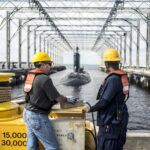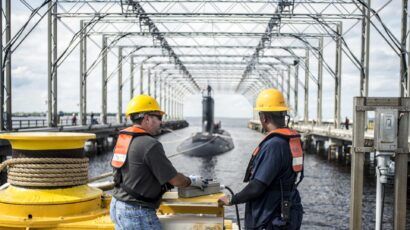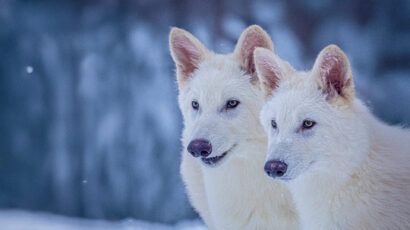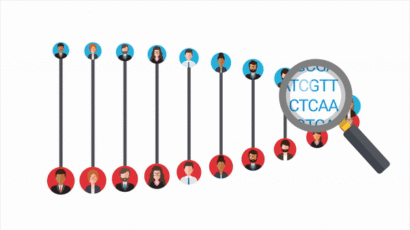Not just the weather: How TV meteorologists influence the public’s views on climate
By John Morales | December 13, 2021
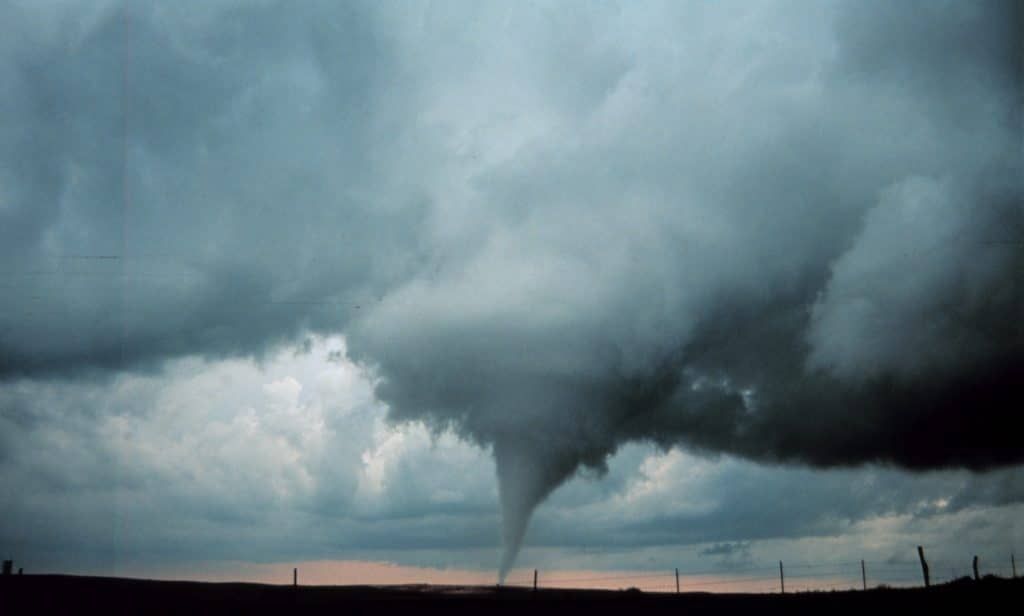 Photo by: OAR/ERL/National Severe Storms Laboratory/Flickr
Photo by: OAR/ERL/National Severe Storms Laboratory/Flickr
Imagine giant scissors made of a special alloy that can snip funnel clouds before they touch down in Tornado Alley; dumping ice into the Gulf of Mexico to stop hurricanes in their tracks; covering the Atlantic with plastic wrap to keep tropical storms from feeding on the warm ocean waters.
Not everyone spends their time dreaming up life-saving, weather-altering schemes and gadgetry. But some people have kept these ideas pent-up for years, just waiting for a scientist they can trust enough to share their inventions. If only a scientist would listen, their idea might finally be realized!
Enter the meteorologist.
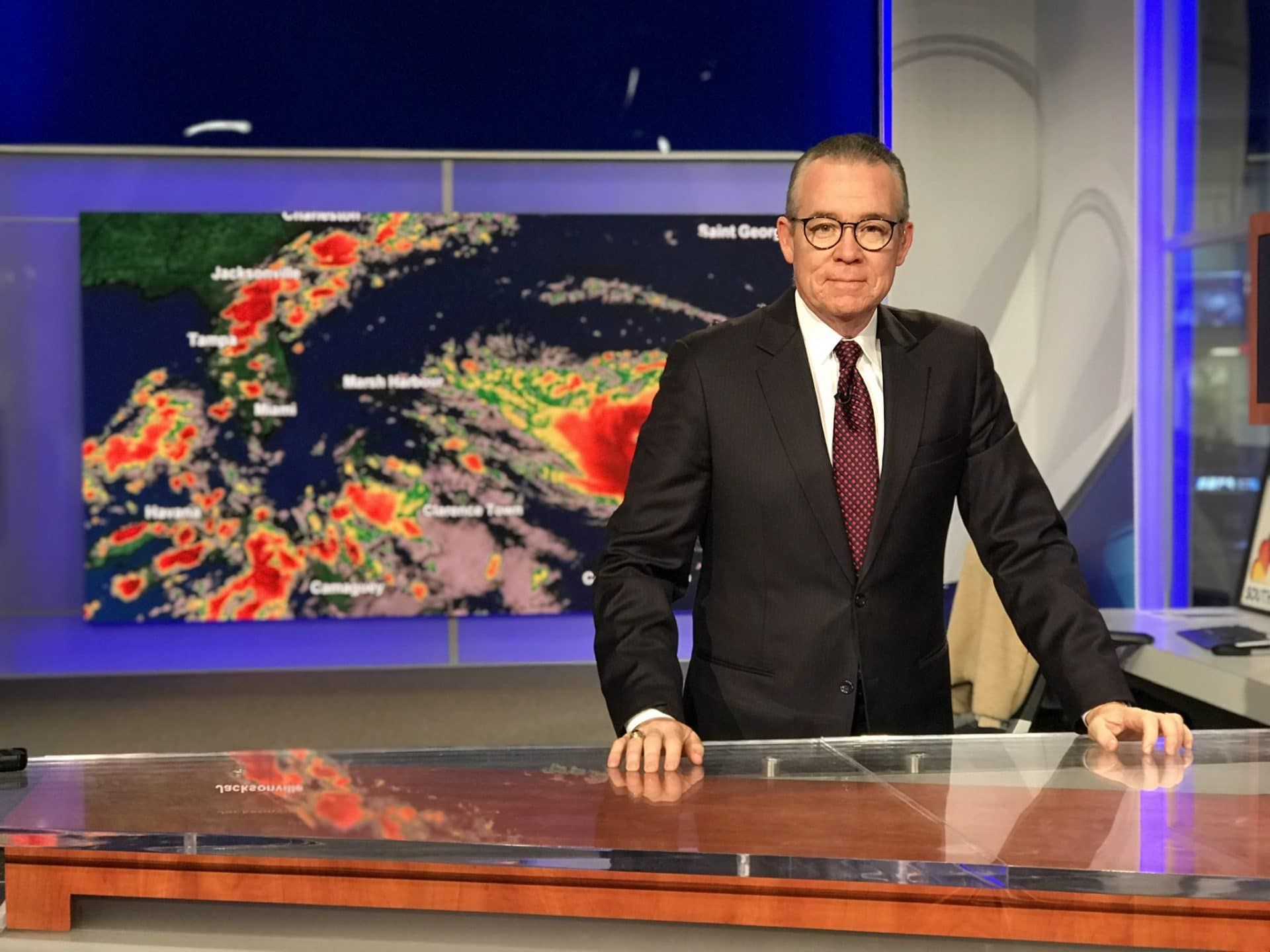
Television weathercasters are more than local news celebrities. Broadcast meteorologists are generally trusted sources of information. When you allow us to enter your living room in the early evening, and your bedroom late at night, to help plan your child’s wardrobe for the coming day or decide whether the weekend barbecue or camping trip is a go, you put your trust in us. For better or for worse, given our knowledge, platform, reputation, and value-added actionable information and forecasts, we are viewed as highly credible public intellectuals.
Wait, back up. Aren’t we wrong half the time? How can we possibly be seen as brainiacs when we’re telling you that there’s a 50-50 chance of rain?!
For one, a 50 percent chance of rain is probably not what you think it is. It’s considered an elevated chance of precipitation. If we’re 100 percent sure it’s going to rain, the 50 percent forecast means that we expect that the rain will wet half the area we’re forecasting for. At the National Weather Service I learned that since 50 percent is at the threshold of a 50-plus-1 majority, then a 50 percent chance of rain can officially be characterized as a good chance. A little more nebulous, perhaps, is when we’re sure that the precipitation is going to cover the entire forecast area but we’re only half-sure that it will rain, snow or sleet. That’s a 50 percent chance, too. Either way, we’re not throwing up our hands and signaling a shrug emoji when we say that there’s a 50 percent chance of rain. There’s a science to it.
We’re also not wrong half the time—closer to 15 percent of the time. Granted, some of those busted forecasts are memorable. Otherwise, why would you ask me to come shovel the 5 inches of “partly cloudy” off your driveway? But according to the National Oceanic and Atmospheric Administration (NOAA), a seven-day forecast is accurate about 80 percent of the time and a five-day forecast is on target about 90 percent of the time. Advances in our understanding of the dynamics of the atmosphere, deployment of new radars and satellites, and, most importantly, improved computer power, have allowed weather forecasters to be remarkably precise, even several days in advance.
Above all, we are trained scientists or trained in science. Even television weather presenters without a formal calculus and physics-based atmospheric science degree have at least attained a certification in meteorology. We’re immersed in science every day because weather forecasting, while incorporating nuances bestowed by experience, is firmly rooted in science. So too are our frequent reports about the climate, comets, meteor showers, super moons, planetary conjunctions, eclipses, volcanic eruptions, earthquakes, and even aircraft and marine mishaps. Whenever these events occur, newsroom producers turn to their only in-house science expert—the meteorologist.
Meteorologists are not geologists, astronomers, seismologists, or vulcanologists. But, by default, we’re asked to wear all those hats and more. Nobody else in the newsroom has sufficient scientific knowledge to credibly deliver on-air expertise about these scientific phenomena. Our profession falls under the geosciences umbrella, with many other sciences at least tangentially related to meteorology, including climatology. More on that later. But this is how we became our newsrooms’ designated science expert.
We are the station scientists, and viewers like and trust us.
The TV weather segment consistently ranks as the top reason audiences tune into local news. When the weather threatens to become dangerous, we’re the ones who let you know first. We are on the air and online delivering forecasts, severe weather warnings, and discussing fascinating phenomena. People seek us out. Scientific American’s executive editor Fred Guterl once wrote about broadcast meteorologists that “there isn’t a politician, entertainer, or athlete in the world who wouldn’t kill for a fraction of this power to command the public’s attention.”
Yet, if we came across as knowledgeable but not friendly and relatable, we wouldn’t last long on TV. Combine our role as a family safety and lifestyle muse with the expertise expected from us on all things science, and it’s clear why weather presenters have become the friendly neighborhood scientist. For a weather aficionado or popular science nerd that’s been wanting to present a grand idea on how to control bad weather, who you gonna call? The scientist next door, of course.
Just like frequent callers to sports talk radio, labeled ‘chronics’ in the industry, it is often the same handful of very persistent do-gooders repeatedly writing or calling in to describe what they see as potentially patentable plans that could keep us safe from present and future hazards. I call these citizens do-gooders because they all have good intentions, even if their ideas are crazy.
One such chronic in Chile—a self-described ‘genius’—proposed to my friend and fellow meteorologist Luis Carrera that a 7-mile-high cylinder be erected with an elbow-bend at the top to capture and pipe the jet stream down towards the city of Santiago and free the capital from persistent smog. There was no mention of any potential damage from the triple-digit wind speeds or, for that matter, the cold! If this wasn’t practical—and practicality often seems to be the downfall of these ploys—the same gentleman suggested blowing up a couple mountains south of Santiago to unblock southerly winds to ventilate the city. “It would’ve been several tall summits,” Luis said.

I’ve encountered my share of these fantasists, even before becoming a TV weatherman. Their calls nearly always coincided with times when I was on duty at NOAA’s National Weather Service Forecast Office in San Juan, Puerto Rico in the 1980s and early 90s. I fielded more than a few calls to the office asking why the U.S. government was refusing to stop severe weather from happening with some of the contraptions mentioned earlier. I politely tried to make the callers see that the government would need to partner with universities and do a lot more research on the subject before launching such efforts.
Loopy ideas about dangerous weather abound stateside, too. After I embarked on a broadcast meteorology career with an audience spanning from South Florida to the national and international level, I received various—yes, plural—manuscripts complete with plans and diagrams for setups guaranteed to work against hurricanes and other threats. Almost all of these were snail-mailed to me. I wrote back with heaps of pragmatism to help my pen pals understand why their plans were likely to be impracticable.
None of those mailings, calls, or emails, however, ever included a proposed solution to the threat of the rapidly changing climate. Is it a problem so wicked that the layman is at a loss?
It’s not like viewers are not aware of the problem. According to a September 2021 survey, the proportion of Americans who think global warming is happening grew by six percentage points to reach a record-high of 76 percent. Seven in ten Americans are at least “somewhat worried” about global warming. And 55 percent of Americans think that global warming currently harms people in the United States. Certainly, a period of devastating extreme heat, wildfires, hurricanes, and floods across the country this year has thrust the issue front-and-center. But the station scientists have contributed in a big way too.
A few years ago, I played a key role in a controlled experiment. I recorded different versions of my weathercast, two that included climate context and one that didn’t. The control weather segment pertained to heat and a dry spell with no mention of the changing climate. The videos with explicit climate content addressed how climate change was contributing to the increasing trends of record heat and heavy rainfall events. My weathercasts, along with those from meteorologist Tammie Souza (in Chicago at the time), were presented to 1,200 participants. Some watched the control videos while others watched the climate-content videos.
The audience members who watched the weathercasts that provided a climate context were significantly more likely to understand that climate change was happening, that it was a personally relevant issue, and showed more interest in learning more. Encouragingly, these results held firm across the ideological spectrum. Conservative audiences showed no signs of a less positive reaction.
Based on how broadcast meteorologists are seen as trusted science communicators, this makes complete sense. That’s why more and more weathercasters are finding ways to incorporate climate communications into their weekly, if not daily duties. According to Climate Central, more than 4,700 climate news stories aired on US television stations through October 2021—far more than any full year to date.
Hazzah! Thanks to @_ClimateMatters & other efforts, this year thus far (through Oct) we've had more than 4,700 climate news stories on TV–far more than any other full year to date! Credit to @NSF & other funders for helping make this happen. @BernWoodsPlacky @mmfa @KHayhoe https://t.co/qT7eZ7zY0r pic.twitter.com/ia6MttKojg
— Ed Maibach (@MaibachEd) December 3, 2021
Weathercasters are asked to cover eclipses and shooting stars. It follows, then, that we have an even more important professional obligation to cover and explain climate change. We are proven influencers who are helping our countrymen internalize and personalize the threat brought on by a warming planet.
The climate crisis is, indeed, a wicked problem that requires a herculean effort. But the known solutions to mitigate climate change are not fantastical—they are real and actionable. The momentum towards collective local, national, and international climate action is stronger than it’s ever been. And thanks to broadcast meteorologists, a more engaged American public can demand those in power act on climate now, or face the consequences.
Together, we make the world safer.
The Bulletin elevates expert voices above the noise. But as an independent nonprofit organization, our operations depend on the support of readers like you. Help us continue to deliver quality journalism that holds leaders accountable. Your support of our work at any level is important. In return, we promise our coverage will be understandable, influential, vigilant, solution-oriented, and fair-minded. Together we can make a difference.

